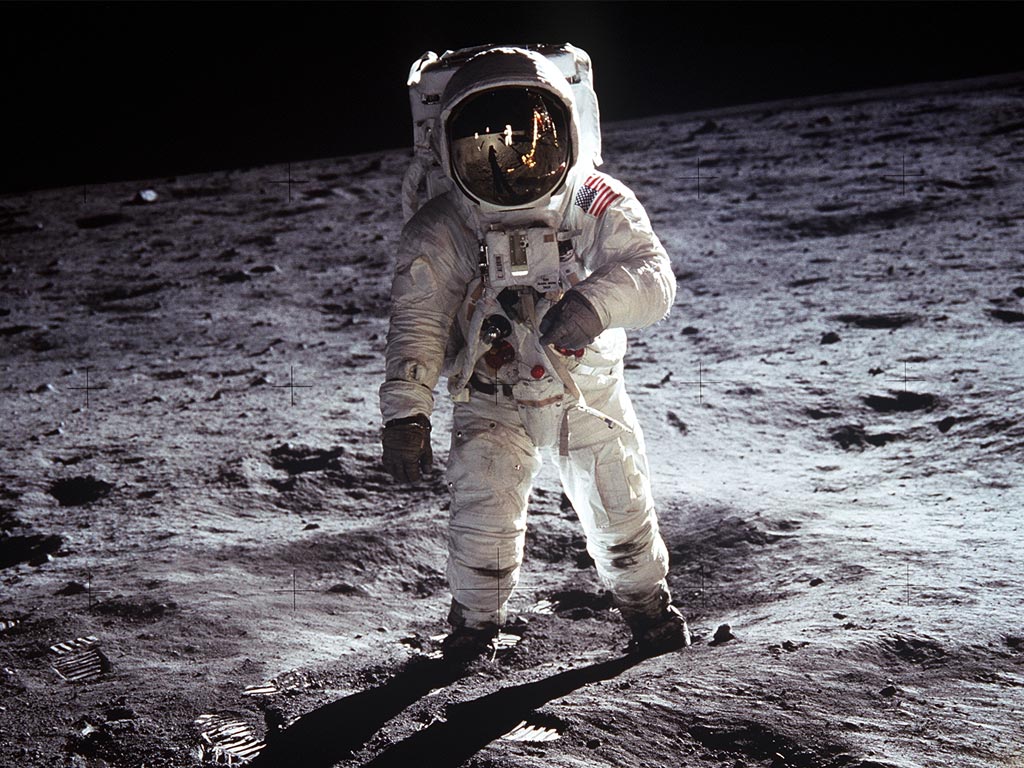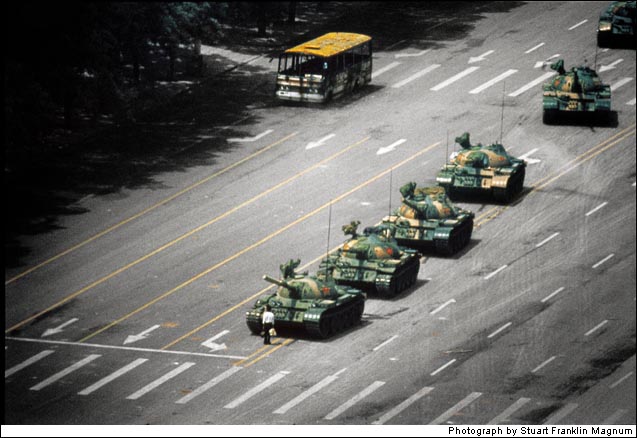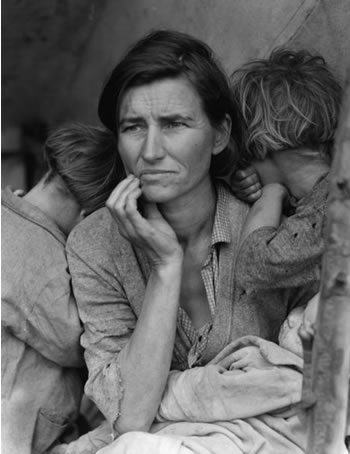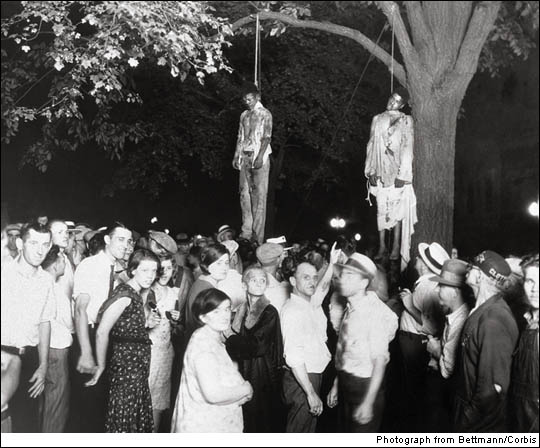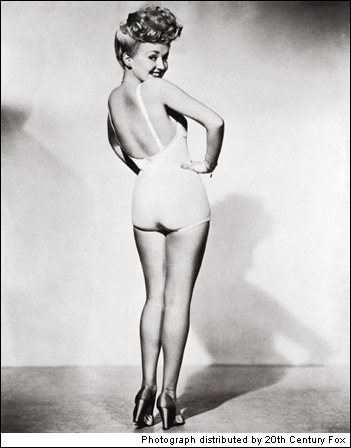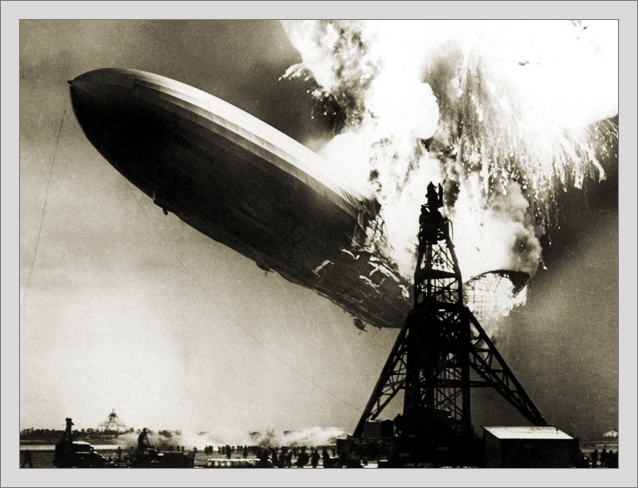Ten Images That Stopped The World
In the wake of the 11th anniversary of 9/11 here are ten more images that have stopped the world and ten stories that have shaped the course of history
This month we commemorated 11 years since the devastating events of September 11, 2001. The events of that morning were beamed on to every television and front page across the globe and those images have come to define a generation. Phrases like the "war on terror" and "suicide bomber" became part of the vernacular of the Western world and international politics, the American identity and the concept of warfare were changed forever.
The images of that day were of unthinkable devastation and destruction: billows of smoke shrouding lower Manhattan, people jumping from the skyscrapers to escape the inferno of glass and metal and all of New York joined together in mourning at the death of more than 3,000 of their brothers and sisters. Yet amongst the rubble there were incredible stories of hope, of the very best of human nature, of firefighters running into the fire and of a nation binding together, steadfastly and resolutely, during its darkest hour.
An image may be able to tell a thousand words, but the most iconic images, the 'where were you when' images, can tell us so much more about humanity. About its creativity, its innovation and its potential but also about its ability to love and, often more powerfully, its ability to hate.
So here are ten images that have stopped the world and ten stories that have shaped the course of history.
Moon Landing, 1969
Almost undoubtedly the most famous 'where were you when' moment of the 20th Century, the landing of Apollo 11 on the moon was initially just a pipe dream of President Kennedy's. When in May 1961 Kennedy proclaimed that he wanted to land a man on the Moon "before this decade is out" it was seen as being exactly the sort of political point-scoring and voter-pandering that we have come to expect from our politicians, just on a much grander scale. But on 20 July, 1969 the dream of every science fiction geek became a reality when images of Neil Armstrong setting foot on the Moon were broadcast to every television across the globe.
Tiananmen Square Massacre, 1989
The story of the Tiananmen Square Massacre is one of shocking brutality, with estimates of up to 2,500 people, mainly students, being senselessly slaughtered by the Chinese military for protesting against the dictatorial and corrupt communist regime. Yet it was not images of bloodshed and brutality that captured the attention of the world, but instead a startlingly powerful photograph of resistance and hope. An unknown student, armed only with a couple of shopping bags, refused to budge when four Chinese Type 59 tanks approached Tiananmen Square on June 5, 1989, the morning following the military's forcible removal of the one million protestors. The event was captured by a number of foreign journalists and photographers and distributed to newspapers across the globe, giving birth to a remarkable symbol of democracy and defiance.
Migrant Mother, 1936
This is the image that gave a face to the Great Depression of the 1930s. This 32-year-old Californian widow had just sold her tent and the tires off her car in order to afford food for her seven children. This is one of many photographs captured by Dorothea Lange from her tours of rural California, which eventually helped convince the US government they were not doing enough to help field workers. While this farmworker's heartbreaking story was not dissimilar to millions of others across America, it was her story and her expression sitting somewhere between defiance and despair as she clutched her starving children that has endured as the Great Depression's most iconic image.
Execution of a Viet Kong Guerilla, 1968
The Vietnam War was infamously the first televised wartime conflict and more than the rising death tally or the lack of military success, it was the images capturing the brutality of guerilla warfare that turned public opinion against the war. This Pulitzer Prize winning image depicts South Vietnam's national police chief, Nguyen Ngoc Loan, executing a Viet Kong captain in the middle of a street in Saigon. It was with this photograph that the shocking realities of modern warfare, that for so long had been shrouded in mystery, became tangible for every American.
The Beginning of Life, 1965
Lennart Nilsson began taking photographs with an endoscope, an instrument that could see inside the body, as early as 1957 but it wasn't until 1965 when LIFE Magazine did a 16 page spread on his photographs that the world first saw a child inside the womb. Initially the editors of LIFE could not believe that these images were real, spending several months confirming their legitimacy before creating a worldwide sensation when they were published.
Lynching, 1930
It is hard to believe but this image was not taken to condemn the barbarity of the racial hatred of the South but was in fact used as a postcard in order to promote white supremacy. The photograph was taken in Marion, Indianapolis and depicts the lynching of two black men accused of raping a white girl who were hauled from a country prison by a 10,000 man lynch mob bearing sledgehammers. Perhaps most frightening about this image is not the the men hanging from the trees but the smiling crowd of revelers who seem to be taking great joy in the horrific affair. Lynches were often seen as big community events, like a carnival or fair, and from the late 1800s to the 1960s more than 5,000 lynching cases were documented and endorsed as a legitimate means of justice.
Betty Grable, 1942
Forget Marilyn Munroe and Rita Hayworth, Betty Grable was the original pin-up girl, and rather than being simply a form of cheap thrills, this iconic photograph of Grable represented the only connection that many American WWII soldiers would have with their homeland while serving overseas. With her girl-next-door charm, million-dollar legs and oodles of sex appeal Grable was the perfect antidote for the wartime depression and homesickness suffered by many soldiers. Even if she hasn't been as well remembered as some of her more voluptuous kinsmen, the enormous success of Grable's pin-up is responsible for kick-starting one of the world's most lucrative industries and every pouting, pruning model you see plastered all over your department store should pay a debt to Grable, the woman who started it all.
Nagasaki Atomic Bomb, 1945
The effect that the Hiroshima and Nagasaki atomic bombs dropped in August, 1945 had on the course of history is hard to overstate. The numbers alone are staggering, with more than 200,000 dying as a direct result of the blast and countless more dying as a result of the nuclear fallout. While there are countless photographs taken from WWII that capture the inhumanity of the war, this image of the mushroom cloud swirling hundreds of kilometres above Nagasaki perfectly captures the sheer enormity of this event, providing the US and USSR with a stark warning against the awesome and terrible power of nuclear weapons in their the five decade Cold War stand-off.
Hindenburg Disaster, 1937
The day the Hindenburg catastrophically and spectacularly came crashing to Earth, was meant to be the day that zeppelins became the world's favourite form of air travel. The Hindenburg's parent company in German had engaged in a massive PR blitz before the voyage into Lakehurst, New Jersey such that 22 photographers, reporters and cameramen were there the day of the crash resulting in the Hindenburg being the most well-documented disaster of the early 20th Century. While rumours still circulate as to why the zeppelin ignited and turned into a deadly fireball, the crash effectively sounded the death knell for the airship business with commercial flights ceasing following the Hindenburg disaster.
Dali Atomicus, 1948
While this surrealist photograph may not have stopped the world, the world did seem to stop for this photograph. It took Latvian-American artist Phillipe Halsman six hours, 28 jumps, three angry cats, a roomful of assistants and bucketloads of water to capture this genre-defining portrait and homage to Salvador Dali. One of the most famous pieces of photographic art ever captured, the work explored the idea of "suspension" as inspired by the recent scientific discovery that all matter hangs in a constant state of suspension. While the end result was as bizarre and surreal as many of Dali's mind-boggling paintings, it could have been a whole lot weirder if Halsman had stuck with his original idea which involved exploding a cat in order to capture it "in suspension".
Leading image credit: 010914-N-1350W-005 New York, N.Y. (Sept. 14, 2001) -- A fire fighter emerges from the smoke and debris of the World Trade Center. The twin towers of the center were destroyed in a Sep. 11 terrorist attack. U.S. Navy Photo by Photographer's Mate 2nd Class Jim Watson. (RELEASED). From Navy.mil.



